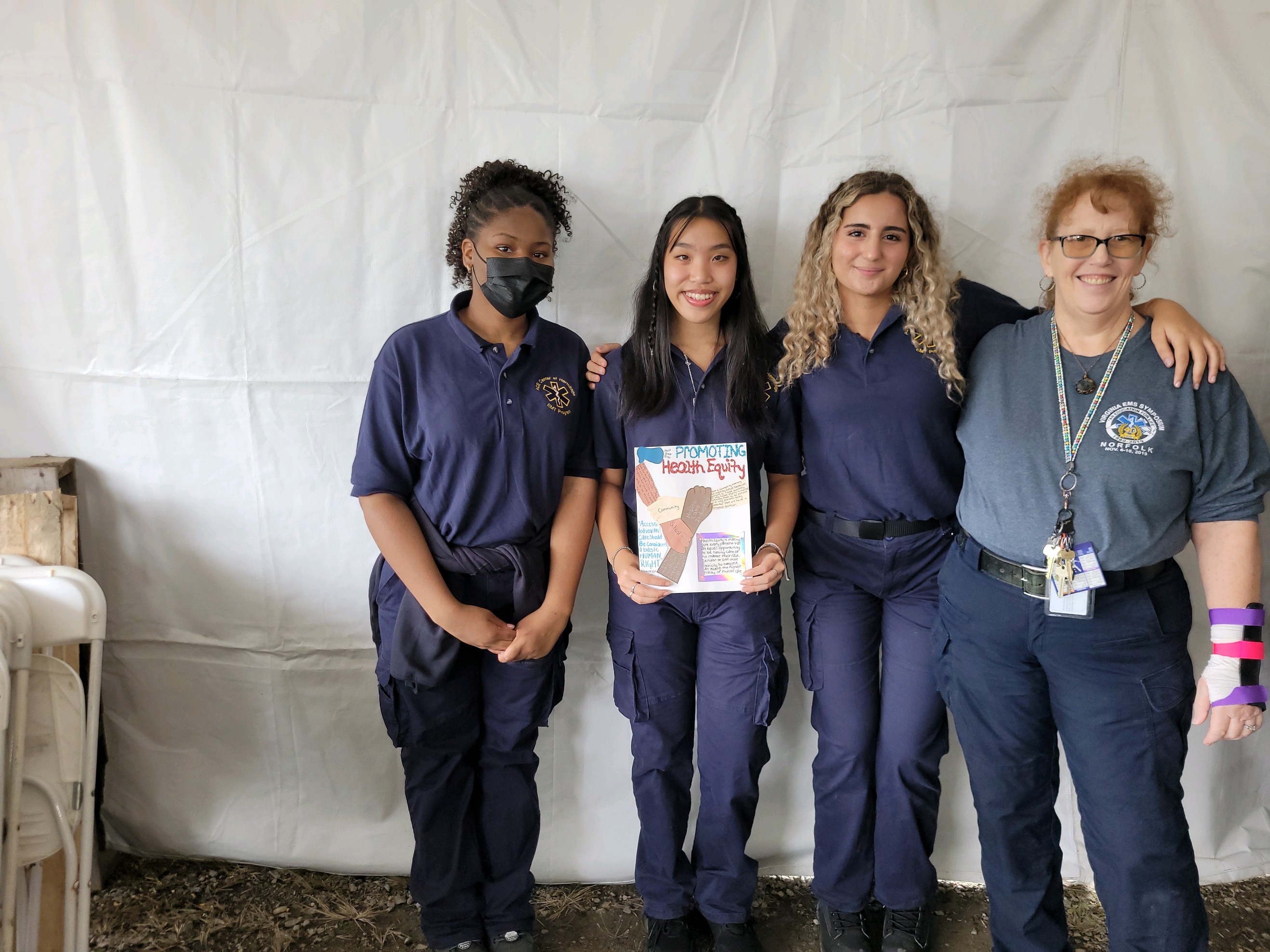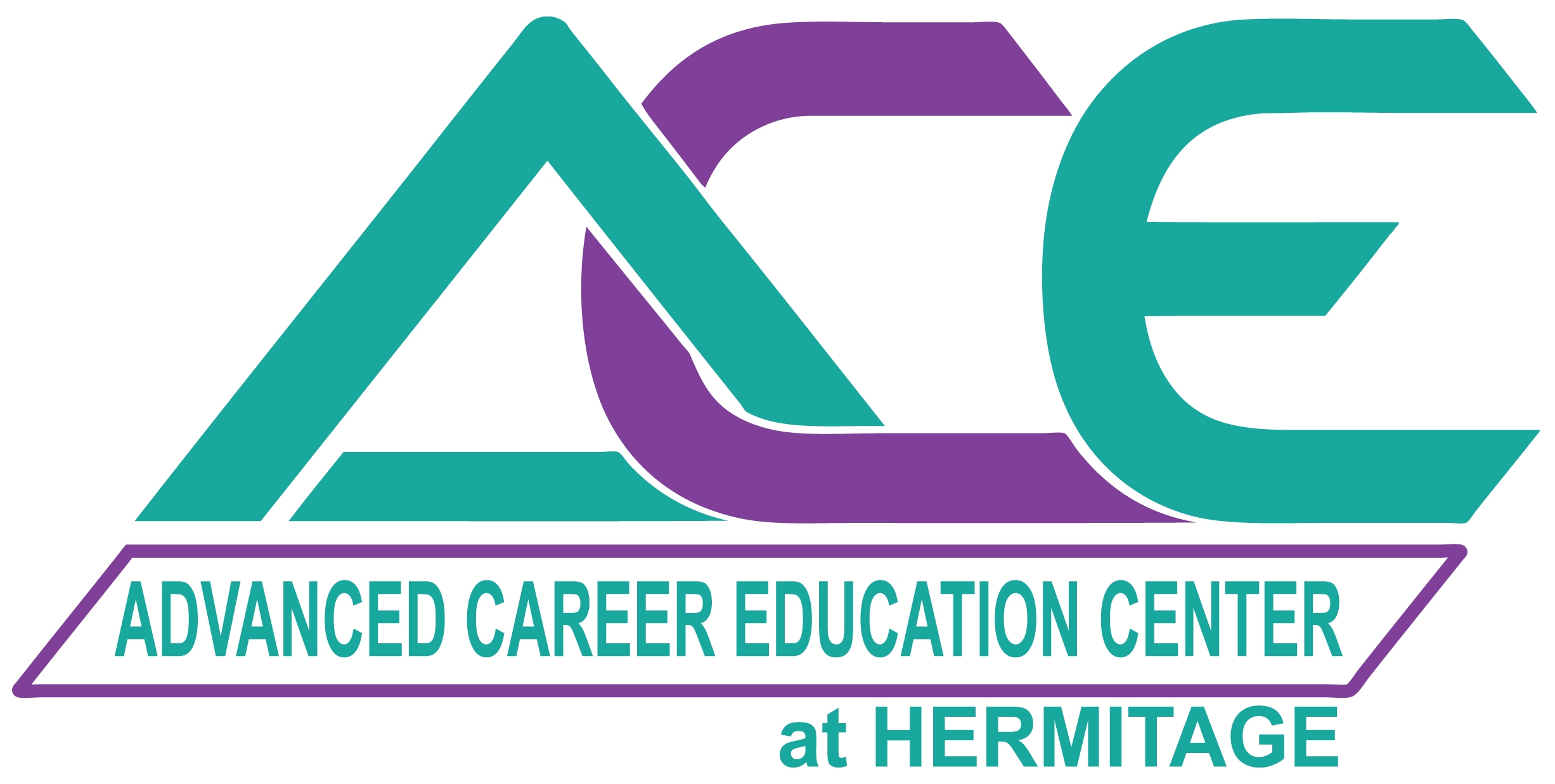Emergency Medical Technician
🚑 Is This a Good Fit for You?
🔍 Prerequisites: Emergency Medical Technician (EMT) Program
Must be a Junior or Senior
Must be at least 16 years old
Biology: Grade “C” or better
Algebra I: Grade “C” or better
This program may be a great fit if you:
✅🩺 Are interested in a fast-paced, hands-on healthcare career.
✅🚨 Have a strong interest in helping others during emergencies and staying calm under pressure.
✅📚 Are willing to commit to rigorous coursework and lab training, including anatomy, physiology, and emergency medical procedures.
✅📈 Can meet the attendance and performance standards required for certification (minimum 85% completion of didactic and lab components).
✅🧑⚕️ Understand that this is not a simulation-based course—you will provide direct care to real patients, may witness emergency situations, and must be prepared to encounter bodily fluids and traumatic injuries with professionalism and emotional resilience.
✅🎓 Want to earn college credit and industry-recognized certifications like National Registry EMT, CPR, HAZMAT Awareness, and more—and are considering future careers in EMS, firefighting, emergency response, or healthcare.
If you’re passionate about making a difference in critical situations and eager to build a strong foundation in emergency medical services, this program could be the perfect next step.program could be the perfect next step.

Program Description
1 years – 3 credits – Advanced Career Education (ACE) Center at Hermitage
This program is designed to be completed in one year during the 11th or 12th grade.
Emergency Medical Technician I (1 credit): The tasks for this course represent the National Emergency Medical Services Educational Standards. Students explore and apply the fundamentals of emergency medical services, anatomy, physiology, and medical terminology. They demonstrate skills in assessing and managing patient care, including assessing the scene and understanding shock, resuscitation, and trauma. Successful completion of this course and instructor endorsement qualifies students to enroll in EMT II to complete the program sequence. Students must complete a minimum of 85% of the didactic and lab aspects of the course, per 12VAC5-31-1501 in the Virginia Administrative Code. Successful completion of all course requirements and instructor endorsement may lead to eligibility to take the National Registry of Emergency Medical Technicians cognitive exam. Students must meet the requirements of the functional position description for the basic life-support provider (refer to EMS.TR.14B and 12VAC5-31-1501). Contextual instruction and student participation in co-curricular career and technical student organization activities will develop leadership, interpersonal skills, and career skills. High-quality work-based learning will provide experiential learning opportunities related to students' career goals and interests, integrated with instruction and performed in partnership with local businesses and organizations.
Emergency Medical Technician II (1 credit): This course builds on the knowledge acquired in EMT I. Students will continue to develop their skills in emergency medical services, focusing on advanced topics such as exercise physiology, biomechanics, exercise program design, and injury prevention, assessment, treatment, and management. Students will assess fitness, measure body composition, and design exercise programs. Students prepare for a career in sports medicine, including completing an internship, practicing interview skills, and building a resume.
Emergency Medical Technician III (1 credit): This course is intended for students who have completed Emergency Medical Technician (EMT) I and II, obtained instructor approval, and who may have obtained EMT certification from the Virginia Office of Emergency Medical Services (OEMS). Students will strengthen the skills mastered in the basic courses as they acquire skills to assist advanced life support (ALS) providers, build on the foundations of emergency medical services (EMS) education, and meet education requirements for certification or recertification. Students also learn to coordinate with other public health and safety services, such as fire control, law enforcement, and emergency management. The course includes mentored as well as instructional experiences. Students must complete a minimum of 85 percent of the didactic and lab aspects of the course.
Program Structure and Benefits
Career Technical Student Organization - Future Health Professionals (HOSA): This organization prepares students for careers in the health sciences.
Real-World Experience: High-quality work-based learning will provide experiential learning opportunities related to students' career goals and interests, integrated with instruction and performed in partnership with local businesses and organizations.
Certifications: Those who complete the program are eligible to earn their National Registry EMT or EMR, CPR Professional Rescuer, IS-100, IS-200, IS-700, IS-800, ARW-160 (terrorism for EMS professionals), HAZMAT Awareness, Mass Casualty 1, and Workplace Readiness certification.
Dual Enrollment: Students can earn nine transferable college credits through our partnership with Reynolds Community College.
Instructor
